A couple of hours after arriving in Chile I found myself in the lobby of our hotel meeting up with my travelling companions for the next week. We were heading to lunch. The first meal together with a bunch of folks you don’t know can be telling. This particular lunch screamed, fun week ahead. I’m lucky to be travelling and learning about Chile with a friendly, diverse group that’s as thirsty for knowledge and well wine as I am.
 We proceeded to walk a few blocks to Miguel Torres Restaurante De Vinos the sight of our first meal together and, as it turned out later, a nightcap. What we experienced was a wonderful meal accompanied by some terrific wines. And speaking of wine the first sip I took on Chilean soil was a marvelous welcome. One of the folks on the trip noticed a sparkling wine she’d tasted prior and loved so we all decided to give it a shot. The wine was the Miguel Torres Santa Digna Estelado Rosé. This wine was produced from the grape Pais which played a large role in Chile prior to the influx of Cabernet Sauvignon and other Bordeaux varietals. I can’t speak to other examples as to the best of my knowledge I’d not tasted the grape prior. One thing is certain I’m curious to taste some additional ones now. This was a really lovely Rosé, perfectly dry with persistent red fruits, spice and a more than reasonably long finish.
We proceeded to walk a few blocks to Miguel Torres Restaurante De Vinos the sight of our first meal together and, as it turned out later, a nightcap. What we experienced was a wonderful meal accompanied by some terrific wines. And speaking of wine the first sip I took on Chilean soil was a marvelous welcome. One of the folks on the trip noticed a sparkling wine she’d tasted prior and loved so we all decided to give it a shot. The wine was the Miguel Torres Santa Digna Estelado Rosé. This wine was produced from the grape Pais which played a large role in Chile prior to the influx of Cabernet Sauvignon and other Bordeaux varietals. I can’t speak to other examples as to the best of my knowledge I’d not tasted the grape prior. One thing is certain I’m curious to taste some additional ones now. This was a really lovely Rosé, perfectly dry with persistent red fruits, spice and a more than reasonably long finish.
The food at Miguel Torres was as delicious as the wine. A feast of appetizers laid out in front of us disappeared quickly as did the first wine. Chickpea Fritters and a traditional omelet with potato and Piquillo peppers were my favorite bites amongst the appetizers. Both worked really well with the Rosé as well as the next wine, the Miguel Torres 2008 Cordillera Carmenère. The Miguel Torres portfolio has several tiers of wines and Cordillera is one of them; it represents smaller craftsman productions. This wine blends Carmenère with small amounts of Merlot and Petit Verdot. Delicious off the bat and featuring appealing black fruits, it really came into its own after getting a little bit of air. Carmenère promises to become a bigger and more widely known varietal for Chile, perhaps a calling card of sorts as Malbec is for neighboring Argentina. This example from Miguel Torres only strengthens that notion for me. We followed that wine up with the Miguel Torres 2008 Cordillera Carignan. One of my hopes for this visit to Chile is to taste many examples of things like Carignan, varietals that aren’t getting as much attention yet as they perhaps deserve. That said this wine was a good place to start that journey for me. It was interesting to compare to the Carmenère we’d just finished, particularly as it was not just from the same producer but also in the same tier. Sometimes producers fall into the trap of each tier being overworked by a house style that overwhelms the grapes characteristics. This was happily not the case here. Each wine stood out on it’s own with varietal character to spare. The Carignan was a bit more reserved and slightly austere where the Carmenère was juicier and more giving up front. It would depend on my mood and what I was eating on any given day but as it developed in the glass my preference shifted to the Carignan. It played hard to get a little and perhaps that was part of it. In any case I’d happily drink either one. And if they were paired with the wonderful foods we enjoyed at Miguel Torres, all the better.
Our meal ended with a selection of desserts accompanied by the Miguel Torres Vendimia Tardía Reserva Privada, a Late Harvest Wine made from Riesling. This was a sweet and lovely ending to the meal. As delicious as it was I’d bet this particular dessert wine would be even better served paired with a cheese course.
I mentioned a nightcap earlier and it took place in the same spot. After lunch we were given a tour of downtown Santiago. This afforded us the opportunity to see quite a few sections of the city; both the newer financial district where we’re currently staying as well as older areas that feature distinct architecture dating back to about 1910. After the tour was over we went back to the hotel for some downtime followed by dinner. After dinner our party was split into two, three of us chose well needed rest and the remainder of us chose more wine. We decided to go back to Miguel Torres and once there the obvious choice to drink became the Miguel Torres 2008 Cordillera Syrah. We’d had and loved the other red selections in this tier earlier so it seemed natural to close the day out with this offering. In addition to Syrah some Cabernet Sauvignon and Viognier were blended in. Red cherry fruits filled the nose along with some darker berry components. They all carried through the palate along with spices and bits of chocolate. The finish which had a touch of smoke and green herb also showed nice length. In short this wine was what I expected after tasting the other two in the tier; a well made Syrah that showed off the varietal. It was delicious by itself but will sing with its supper.
That last bottle of wine was a wonderful way to cap my first day in Chile. The wines, food and people I spent the day with all came together and formed a harbinger of what promises to be a brilliant week, tasting and exploring what Chile has to offer.


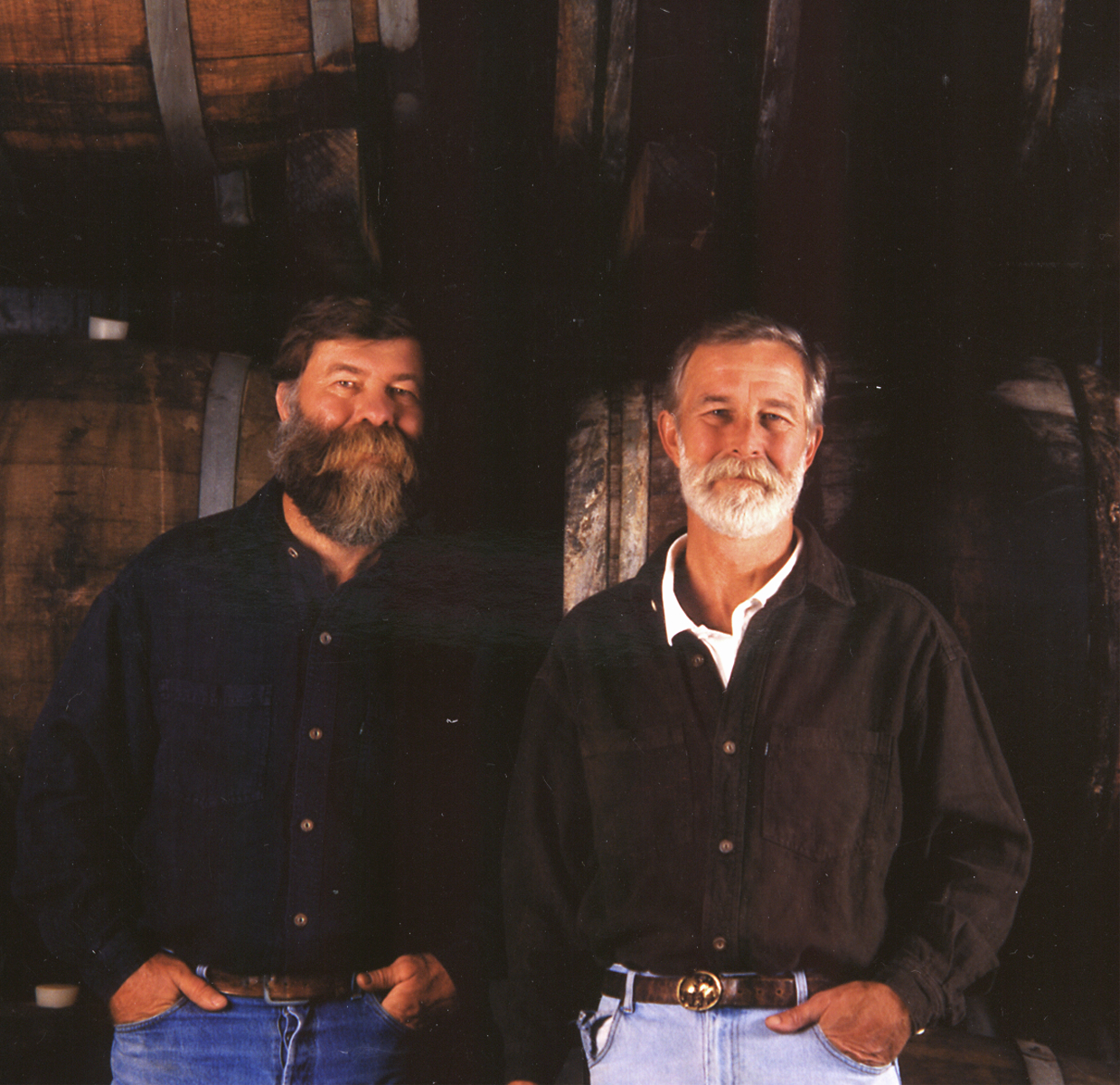 Sometimes wine lovers bemoan the state of Napa Valley. People are heard to complain about the number of ostentatious wineries and tasting room that have taken hold of the Valley and along with that they talk about how it was in the old days when Napa had a small number of producers and a visit meant tasting with the owner who was often also the winemaker. The trouble with that line of thought is that there are still many family owned Wineries in Napa Valley that belie the image of Napa as only lavish tasting rooms and over the top facilities.
Sometimes wine lovers bemoan the state of Napa Valley. People are heard to complain about the number of ostentatious wineries and tasting room that have taken hold of the Valley and along with that they talk about how it was in the old days when Napa had a small number of producers and a visit meant tasting with the owner who was often also the winemaker. The trouble with that line of thought is that there are still many family owned Wineries in Napa Valley that belie the image of Napa as only lavish tasting rooms and over the top facilities.
 First up is the Smith-Madrone Vineyards and Winery 2009 Chardonnay. All of the fruit for this wine came from their home ranch on Spring Mountain. Their Chardonnay vines have 37 years of age on them. This offering which is entirely Chardonnay was barrel fermented and aged in entirely new French oak over a nine month period. Just over 500 cases were produced and it has a suggested retail price of $35. Apple pie aromas dominate the nose of this Chardonnay and they are underscored by pleasing hints of lemon curd. The palate is marked by the intensity of its Chardonnay character in the form of pure and unadulterated fruit. Apple flavors dominate things here with spice and minerals galore to add to the complexity. Nutmeg, clove and continued mineral characteristics are all in evidence on the finish which has excellent length. Firm, zippy acidity adds to the wonderful structure and balance of this Chardonnay. The Smith-Madrone Chardonnay is nothing short of an absolute joy to drink. It’s also a wine that will age gracefully and be quite enjoyable and drinkable over the next 8 or so years at minimum.
First up is the Smith-Madrone Vineyards and Winery 2009 Chardonnay. All of the fruit for this wine came from their home ranch on Spring Mountain. Their Chardonnay vines have 37 years of age on them. This offering which is entirely Chardonnay was barrel fermented and aged in entirely new French oak over a nine month period. Just over 500 cases were produced and it has a suggested retail price of $35. Apple pie aromas dominate the nose of this Chardonnay and they are underscored by pleasing hints of lemon curd. The palate is marked by the intensity of its Chardonnay character in the form of pure and unadulterated fruit. Apple flavors dominate things here with spice and minerals galore to add to the complexity. Nutmeg, clove and continued mineral characteristics are all in evidence on the finish which has excellent length. Firm, zippy acidity adds to the wonderful structure and balance of this Chardonnay. The Smith-Madrone Chardonnay is nothing short of an absolute joy to drink. It’s also a wine that will age gracefully and be quite enjoyable and drinkable over the next 8 or so years at minimum. The second wine today is the Smith-Madrone Vineyards and Winery 2006 Cabernet Sauvignon. All of the fruit came from their home ranch in the Spring Mountain area of Napa Valley. In addition to Cabernet Sauvignon (85%), this wine contains Merlot (6%), and Cabernet Franc (9%). The vines had 34 years of age on them at the time of harvest. This Cabernet spent 22 months aging in American oak. The Smith-Madrone Cabernet Sauvignon was bottled unfined and unfiltered. Just fewer than 1,500 cases were produced and it has a suggested retail price of $45. Aromas of fresh black fruits such as blackberry, currant, and black cherry fill the inviting nose of this 2006 Cabernet Sauvignon. Wisps of toast and herb characteristics are present as well. There is a depth, power and complexity to the palate of this wine that immediately impresses as soon as you take a sip and let it envelop your senses. This wine is intense but precise and measured. As with all of the Smith-Madrone wines it’s balanced and proportionate. Cherry flavors, both black and red dominate the palate along with hints of mushroom and leather as well as black pepper. The finish here is long and lush with the depth that is often associated with great Napa Mountain Cabernet. Earth, baker’s chocolate, black tea and hints of graphite are all present. This Cabernet will certainly age and improve in the bottle over the next 15 or so years. However it’s quite ready to drink now, a benefit of Charles and Stu holding their wines until they are drinkable. If you do drink it now you have the choice of decanting it for an hour or so or watching as it develops in your glass over a leisurely meal. In any case you’ll be drinking one of the very best Cabernet’s from Napa Valley regardless of price point.
The second wine today is the Smith-Madrone Vineyards and Winery 2006 Cabernet Sauvignon. All of the fruit came from their home ranch in the Spring Mountain area of Napa Valley. In addition to Cabernet Sauvignon (85%), this wine contains Merlot (6%), and Cabernet Franc (9%). The vines had 34 years of age on them at the time of harvest. This Cabernet spent 22 months aging in American oak. The Smith-Madrone Cabernet Sauvignon was bottled unfined and unfiltered. Just fewer than 1,500 cases were produced and it has a suggested retail price of $45. Aromas of fresh black fruits such as blackberry, currant, and black cherry fill the inviting nose of this 2006 Cabernet Sauvignon. Wisps of toast and herb characteristics are present as well. There is a depth, power and complexity to the palate of this wine that immediately impresses as soon as you take a sip and let it envelop your senses. This wine is intense but precise and measured. As with all of the Smith-Madrone wines it’s balanced and proportionate. Cherry flavors, both black and red dominate the palate along with hints of mushroom and leather as well as black pepper. The finish here is long and lush with the depth that is often associated with great Napa Mountain Cabernet. Earth, baker’s chocolate, black tea and hints of graphite are all present. This Cabernet will certainly age and improve in the bottle over the next 15 or so years. However it’s quite ready to drink now, a benefit of Charles and Stu holding their wines until they are drinkable. If you do drink it now you have the choice of decanting it for an hour or so or watching as it develops in your glass over a leisurely meal. In any case you’ll be drinking one of the very best Cabernet’s from Napa Valley regardless of price point. First up is the
First up is the 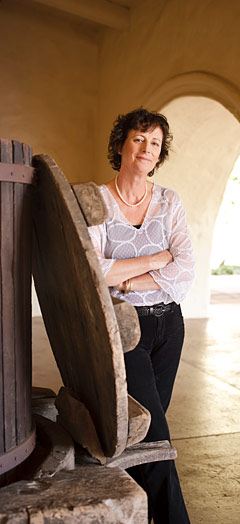 As we’ve grown precipitously as a wine drinking nation over the last couple of decades our choices have also increased. The number of outlets selling wine is way up and the options we have once we go there are in sharp contrast to what was available a number of years ago. The temptation in our culture is also to chase the new hot thing. Sometimes that leaves little room to reconsider or reconnect with something we already love. In this case that something is the
As we’ve grown precipitously as a wine drinking nation over the last couple of decades our choices have also increased. The number of outlets selling wine is way up and the options we have once we go there are in sharp contrast to what was available a number of years ago. The temptation in our culture is also to chase the new hot thing. Sometimes that leaves little room to reconsider or reconnect with something we already love. In this case that something is the 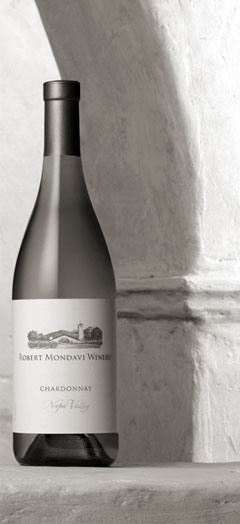 The event took place at
The event took place at 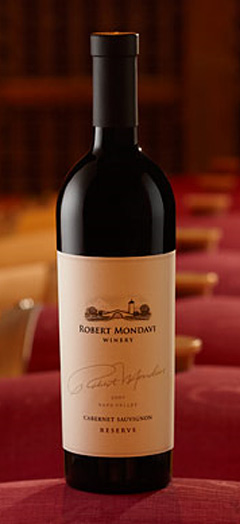 The Robert Mondavi Winery 2007 Cabernet Sauvignon was made entirely with fruit from Oakville and 93% of it from To Kalon. This wine is bigger, bolder and a bit brasher today. It has firm tannins that need some time in the bottle or some aeration to soften a bit. The elements which make the 1996 so drinkable today are also there in the 2007. It’s simply loaded with fruit and spice flavors that are accented by the time spent in barrel. Just less than 10,000 cases were produced and it has a suggested retail price of $135. Ultimately, the 2007 has the hallmarks of a wine that promises to be an even more impressive effort than the 1996. The question after purchasing it is if you have patience. It’s very enjoyable now, particularly with full flavored foods. However if you give it 5 or 10 years of proper storage you’ll be rewarded with a slightly mellower, more resolved wine that will just knock your socks off. You really can’t go wrong either way, it depends which experience you prefer.
The Robert Mondavi Winery 2007 Cabernet Sauvignon was made entirely with fruit from Oakville and 93% of it from To Kalon. This wine is bigger, bolder and a bit brasher today. It has firm tannins that need some time in the bottle or some aeration to soften a bit. The elements which make the 1996 so drinkable today are also there in the 2007. It’s simply loaded with fruit and spice flavors that are accented by the time spent in barrel. Just less than 10,000 cases were produced and it has a suggested retail price of $135. Ultimately, the 2007 has the hallmarks of a wine that promises to be an even more impressive effort than the 1996. The question after purchasing it is if you have patience. It’s very enjoyable now, particularly with full flavored foods. However if you give it 5 or 10 years of proper storage you’ll be rewarded with a slightly mellower, more resolved wine that will just knock your socks off. You really can’t go wrong either way, it depends which experience you prefer.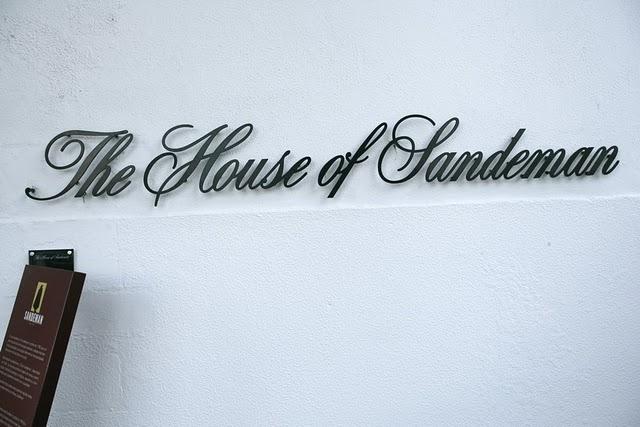 One of the many highlights of my recent trip to Portugal was visiting
One of the many highlights of my recent trip to Portugal was visiting 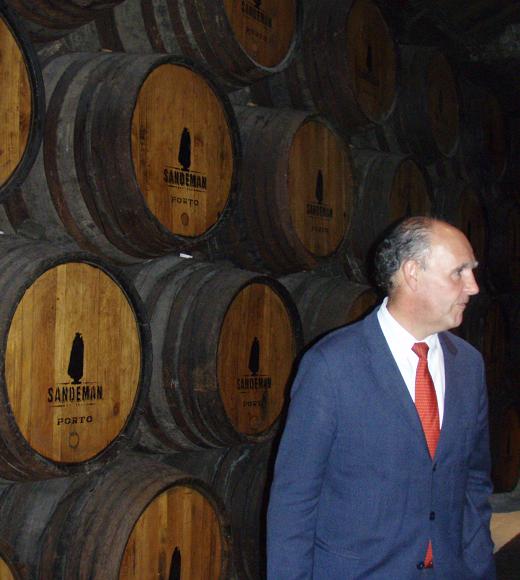
 While I was in Porto I took the time to scope out a number of Port producers. As you’d expect there are a lot of them, many of them well worth your time. However if you only have the time to visit one producer in Porto, I believe Sandeman Cellars is a perfect choice. They have the history that will wow you, the consistency of quality that will keep you coming back vintage after vintage, and the stylistic variety to appease most every palate. Once you sample the
While I was in Porto I took the time to scope out a number of Port producers. As you’d expect there are a lot of them, many of them well worth your time. However if you only have the time to visit one producer in Porto, I believe Sandeman Cellars is a perfect choice. They have the history that will wow you, the consistency of quality that will keep you coming back vintage after vintage, and the stylistic variety to appease most every palate. Once you sample the 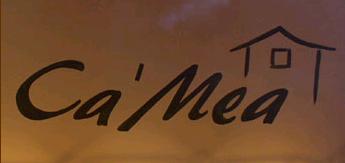 As you can probably imagine I’ve been to wine tastings of all shapes and sizes, winemaker dinners and the like. Quite frankly I thought I’d experienced every type. That was until I heard about The Grape Festival that was held last week at
As you can probably imagine I’ve been to wine tastings of all shapes and sizes, winemaker dinners and the like. Quite frankly I thought I’d experienced every type. That was until I heard about The Grape Festival that was held last week at  This was to be my first trip to Hudson NY and I didn’t know exactly what to expect. What I found was a charming town with a downtown area that brings to mind old time Americana with a hip, modern flair. All located just off the Hudson River in Columbia County NY. Entering the restaurant I was taken by the homey vibe with Tuscan flourishes. Sure I was in NY, but the warmth of the staff, the ambiance, and the smells coming from the kitchen told me I could have just as easily been in a small town in Italy.
This was to be my first trip to Hudson NY and I didn’t know exactly what to expect. What I found was a charming town with a downtown area that brings to mind old time Americana with a hip, modern flair. All located just off the Hudson River in Columbia County NY. Entering the restaurant I was taken by the homey vibe with Tuscan flourishes. Sure I was in NY, but the warmth of the staff, the ambiance, and the smells coming from the kitchen told me I could have just as easily been in a small town in Italy. 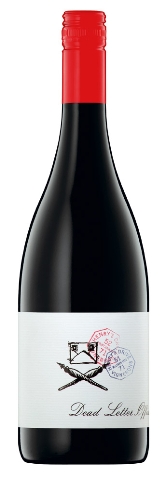 And speaking of food; oh what food. The items that Max prepared for the tasting were nothing short of sensational. Some of it was quite traditional like Pasta in Bolognese sauce, other things like a roasted apple topped with Mascarpone cheese, truly palate awakening. Potato Croquettes were delicious and addictive. Roasted pork wrapped in Bacon with an applesauce accompaniment was delectable, seasonal and a killer pairing with at least half of the 17 wines. Bottom Line, I didn’t taste a single thing that didn’t make my mouth water. Later on in the evening I had Gnocchi with fresh tomato and basil. There are many places I simply won’t order them because of the industrial tasting, heavy as marbles things that some restaurants try to pass off as Gnocchi. I was confident this wouldn’t be the case at Ca’Mea and boy was I right. Max makes his pastas in house, by hand. The Gnocchi was airy, fluffy and just imbued with the right amount of potato flavors. The fresh sauce, basil and cheese on top the appropriate accompaniment. Having the opportunity to enjoy this dish with a glass of wine talking about food with Max, Roy and Al made the experience all the better. We sat in the courtyard where heat lamps were ready to keep us warm if there had been a chill, but there wasn’t. It was the perfect Indian Summer evening.
And speaking of food; oh what food. The items that Max prepared for the tasting were nothing short of sensational. Some of it was quite traditional like Pasta in Bolognese sauce, other things like a roasted apple topped with Mascarpone cheese, truly palate awakening. Potato Croquettes were delicious and addictive. Roasted pork wrapped in Bacon with an applesauce accompaniment was delectable, seasonal and a killer pairing with at least half of the 17 wines. Bottom Line, I didn’t taste a single thing that didn’t make my mouth water. Later on in the evening I had Gnocchi with fresh tomato and basil. There are many places I simply won’t order them because of the industrial tasting, heavy as marbles things that some restaurants try to pass off as Gnocchi. I was confident this wouldn’t be the case at Ca’Mea and boy was I right. Max makes his pastas in house, by hand. The Gnocchi was airy, fluffy and just imbued with the right amount of potato flavors. The fresh sauce, basil and cheese on top the appropriate accompaniment. Having the opportunity to enjoy this dish with a glass of wine talking about food with Max, Roy and Al made the experience all the better. We sat in the courtyard where heat lamps were ready to keep us warm if there had been a chill, but there wasn’t. It was the perfect Indian Summer evening. The other night I had the chance to taste through the wines of
The other night I had the chance to taste through the wines of  Tinto Figuero – 2004 Noble. 1,166 six bottle cases of this offering were produced. Fruit for this selection was sourced from vines with more than 70 years of age. Oak aging occurred over a period of 21 months. The first 15 months was spent in American oak followed by 6 months in French oak. An additional 15 months of bottle age was allowed before release. The suggested retail price for this wine is $130.99. First and foremost this wine is still a baby. It was decanted for 3 hours before we started to taste it. While it was certainly opening up this wine was still tight. Fresh cherries, leather and cigar box aromas mark the nose. Raspberry, blackberry and huckleberry flavors are all present in the layered palate. Dusty dark chocolate emerges around mid-palate and continues through the prodigious finish which is also marked by hints of chicory and cedar. This offering features chewy tannins, balanced by fine acidity. This is the epitome of a special occasion wine. Tinto Figuero 2004 Noble is the sort of selection you want to grab a couple of to lay down in your cellar and forget about for 5-10 years. If you have that sort of patience, you will undoubtedly be rewarded. If however you plan to drink this in the short term, decant it for 4-5 hours at minimum. Either way this is a terrific wine.
Tinto Figuero – 2004 Noble. 1,166 six bottle cases of this offering were produced. Fruit for this selection was sourced from vines with more than 70 years of age. Oak aging occurred over a period of 21 months. The first 15 months was spent in American oak followed by 6 months in French oak. An additional 15 months of bottle age was allowed before release. The suggested retail price for this wine is $130.99. First and foremost this wine is still a baby. It was decanted for 3 hours before we started to taste it. While it was certainly opening up this wine was still tight. Fresh cherries, leather and cigar box aromas mark the nose. Raspberry, blackberry and huckleberry flavors are all present in the layered palate. Dusty dark chocolate emerges around mid-palate and continues through the prodigious finish which is also marked by hints of chicory and cedar. This offering features chewy tannins, balanced by fine acidity. This is the epitome of a special occasion wine. Tinto Figuero 2004 Noble is the sort of selection you want to grab a couple of to lay down in your cellar and forget about for 5-10 years. If you have that sort of patience, you will undoubtedly be rewarded. If however you plan to drink this in the short term, decant it for 4-5 hours at minimum. Either way this is a terrific wine.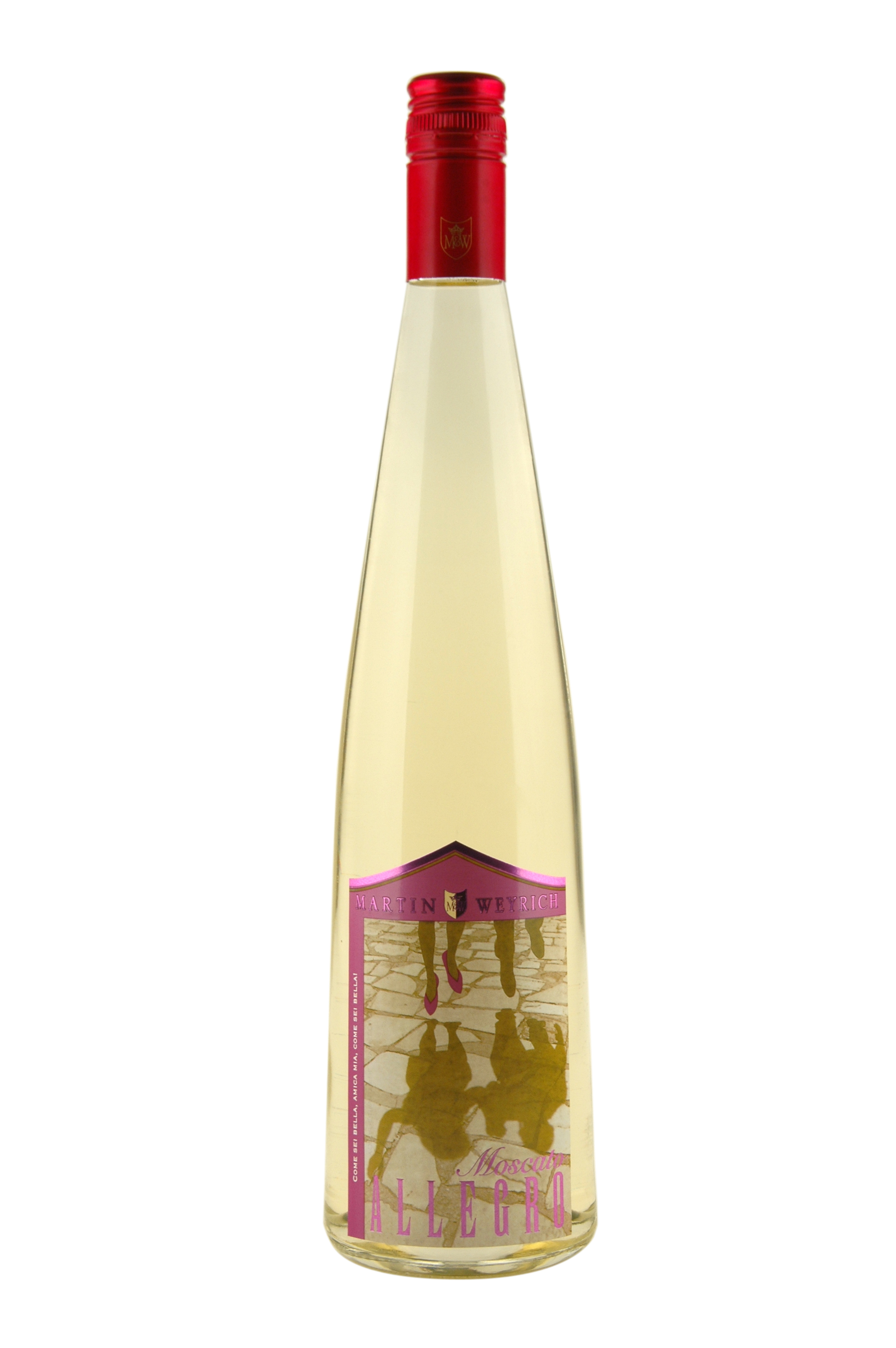 First up is the
First up is the 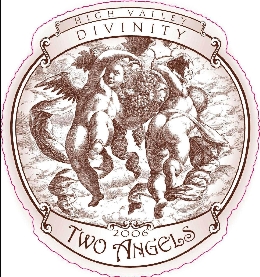 2006 Divinity is produced from fruit sourced in High valley. This blend is 52% Syrah, 22% Grenache, 20% Mouvedre and 6% Petite Sirah. Grapes were sourced at Shannon Ridge Vineyards. This blend was aged in a combination of French (70%) and American (30%) oak barrels; 35% of them were new. 500 cases of this offering were produced and the suggested retail price is $25.
2006 Divinity is produced from fruit sourced in High valley. This blend is 52% Syrah, 22% Grenache, 20% Mouvedre and 6% Petite Sirah. Grapes were sourced at Shannon Ridge Vineyards. This blend was aged in a combination of French (70%) and American (30%) oak barrels; 35% of them were new. 500 cases of this offering were produced and the suggested retail price is $25. Dessert is important for any Holiday meal and Easter is no exception. My recommendation this holiday is to go with a Late Harvest Zinfandel. Specifically the 2006 from
Dessert is important for any Holiday meal and Easter is no exception. My recommendation this holiday is to go with a Late Harvest Zinfandel. Specifically the 2006 from 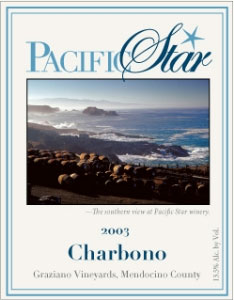 Sally Ottoson from
Sally Ottoson from 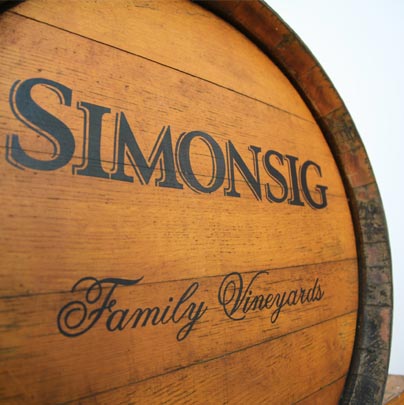 is a raconteur of the first order. He told the intimate group gathered at
is a raconteur of the first order. He told the intimate group gathered at